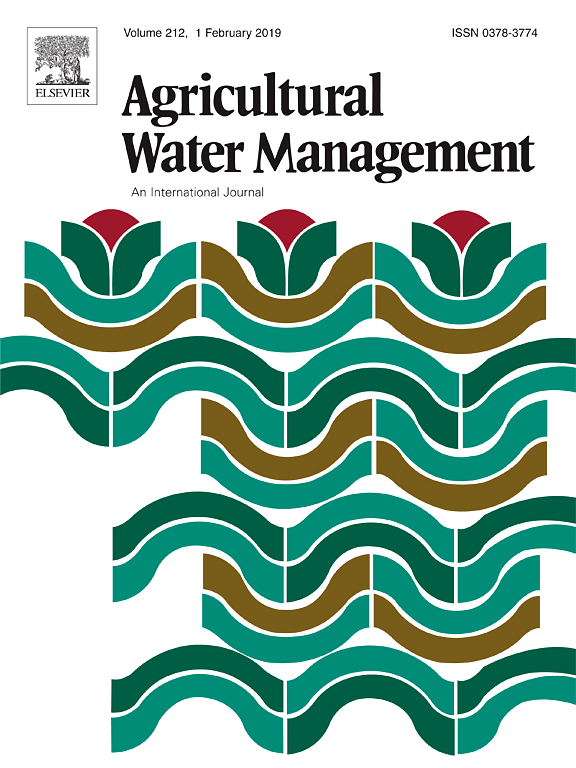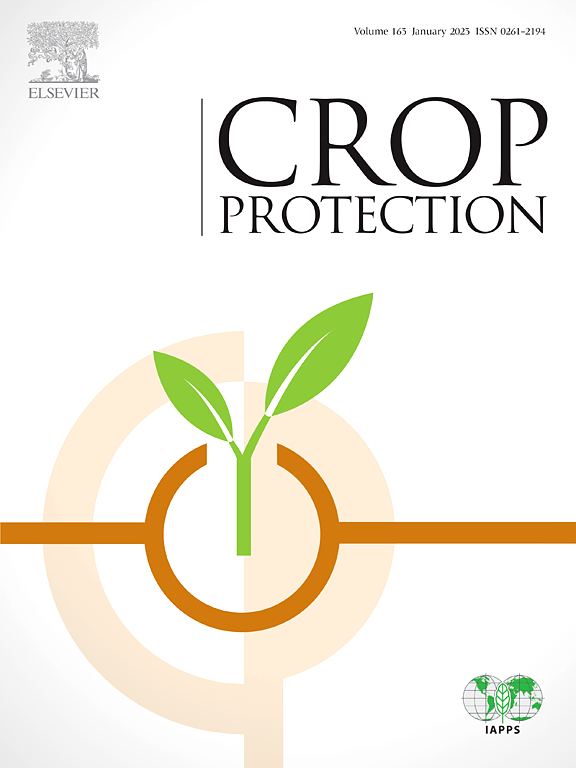In West Africa, long dry spells are likely to become more frequent and intense as a result of global climate variability, which may significantly impact cocoa tree performance (i.e. morphology, physiology, growth and production), and asks for improved water management. Potassium (K) application may mitigate drought impacts on cocoa, yet knowledge on how shorter, drier wet seasons affect cocoa and on the potential mitigating effect of K application is limited. This study investigated the effects of reduced water availability via shelters and K application on cocoa leaf traits, root growth, reproductive dynamics and yield of cocoa trees in a 6-year old plantation. Two soil moisture levels and two K treatments were considered: a control (no shelter) and sheltered (67 % rainfall reduction) treatment, either with or without 200 kg ha−1 K application. Results indicated rain sheltering significantly decreased soil moisture by 9 %, root interceptions by 50 %, root mass density by ∼50 %, stomatal conductance (Gs) by ∼60 %, flush intensity by ∼70 %, leaf greenness ∼48 % and leaf size by ∼68 %. While individual pod mass remained unchanged, flower intensity, healthy cherelles, pod, and bean numbers per tree dropped, leading to a dry bean yield reduction from ∼2100 kg ha−1 to ∼1450 kg ha−1 (∼31 %). The beneficial impact of K application was primarily noticeable under control conditions, where it increased Gs, leaf size and greenness. Also, about 35 % of precipitation is intercepted by and directly evaporates from the cocoa canopy and thus never reaches the soil. Future agro-meteorological crop models need to take this into account. Overall, results indicate a strong negative effect of reducing water availability during the wet season on leaf physiology, pod production and cocoa yield. Yields were mostly reduced because of a lower number of pods and much less by an effect on individual pod size. However, K application may not mitigate drought effects and sustaining cocoa yield would require integrated water management.
DOI:
https://doi.org/10.1016/j.agwat.2024.108995
Altmetric score:
Dimensions Citation Count:
























